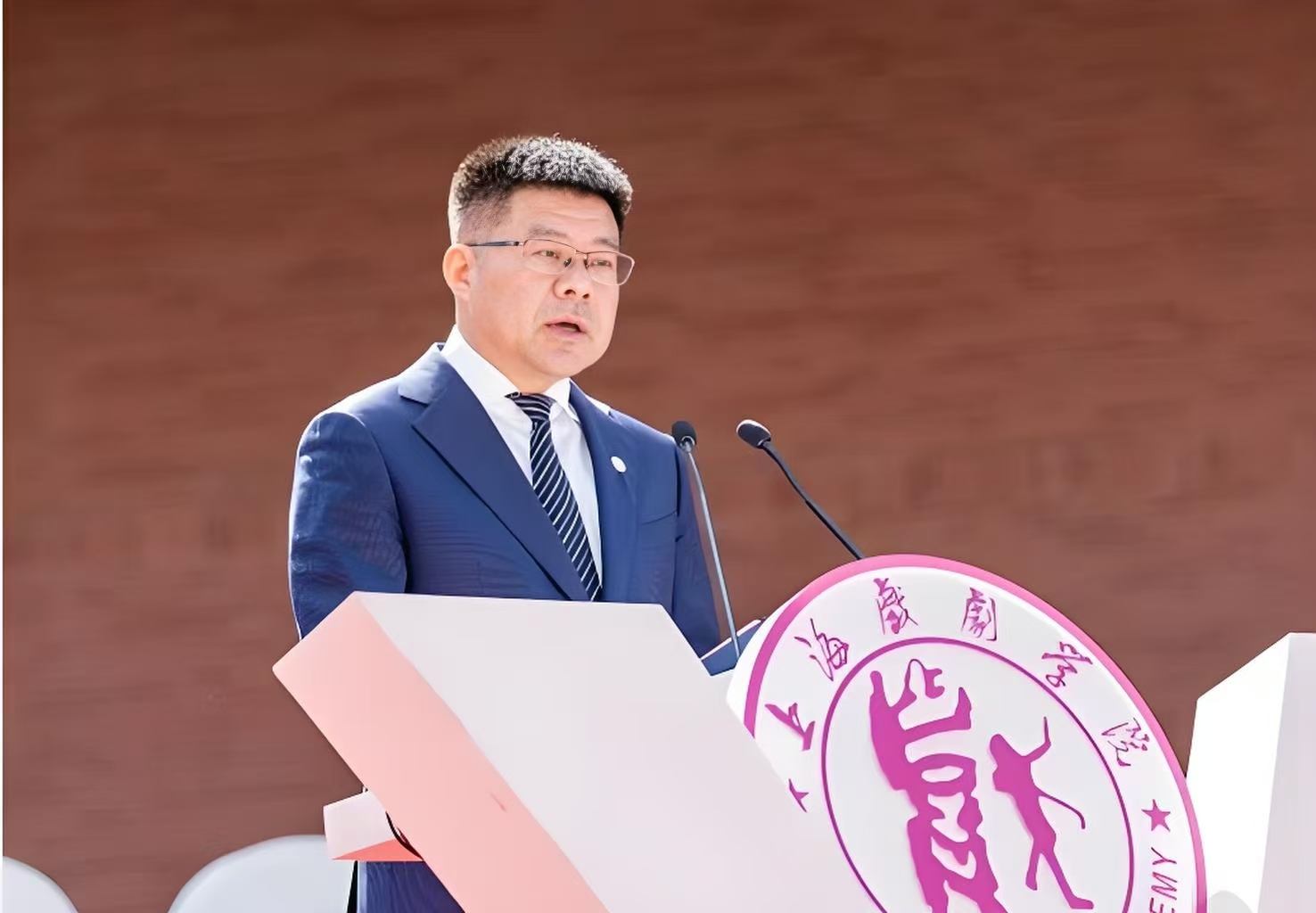
In recent years, micro-short dramas, as a new form of film and television, are profoundly affecting people's entertainment consumption methods. With the advancement of technology and changes in consumer demand, the micro-short drama market has experienced a gradual development from low-threshold creation to high-quality production. Especially in 2024, in addition to the rapid growth in quantity, the content diversity and creation mode of micro-short dramas have shown unprecedented changes. On the one hand, it has promoted the emotional resonance of the audience, and on the other hand, it has also brought about intensified competition in the industry. From rolling production costs to rolling subject matter innovation, many production companies have new works every week. Micro-short dramas are like the online articles and online dramas of the past. In their wild growth, they have welcomed the participation of capital, leading companies, and even big directors and big casts, and have also ushered in more comprehensive policy supervision and clearer direction guidance.
Where will short dramas go in 2025? The multiple struggles between “quantity and quality”, “traffic and art”, and “regulation and market” may determine whether short dramas will become a fleeting traffic bubble or evolve into a mainstream cultural carrier of the new generation.
In this regard, Huang Changyong, president of Shanghai Theatre Academy, recently accepted an exclusive interview with The Paper, analyzing the current status, trends and possible future development of the micro-short drama market from multiple perspectives. Huang Changyong emphasized the importance of market selection, which may be an accurate footnote to the current status of the industry; when traditional film and television practitioners enter the market with professional standards, the original charm of the "wild creativity" of micro-short dramas may be eliminated; he also reminded some places that when guiding the production of high-quality works through subsidies, awards and selection, they should also prevent the alienation of creation caused by "skirting the edge" of policies to obtain financial subsidies and awards.
Huang Changyong also believes that the definition of "quality" does not only rely on excellent production, but also takes into account the subject matter and the professionalism of the creators. He said that the commercial characteristics of micro-short dramas distinguish them from traditional film and television dramas, and that flexibility and openness should be maintained in content creation to encourage more creators to participate.

Huang Changyong, President of Shanghai Theatre Academy
【dialogue】
The Paper : Have you noticed any changes in the short drama market in recent years, especially this year? Can you summarize it with some keywords?
Huang Changyong : First of all, the development of short plays is an irreversible trend. To a certain extent, it has snatched the audience of traditional film and television forms and constituted an impact. People's viewing methods have changed. Fixed places are replaced by mobile ones, which is a major trend. In the past, people sat there motionless, but now they are immersive and interactive. Even stage plays are changing now. Of course, it is the same as technological iteration. From the traditional mechanical age to the electronic age, and all the way to the artificial intelligence age, it has moved forward step by step, and the market has slowly cultivated a new consumption model. Now people don't want to watch such long things. People's attention span is getting shorter and shorter, and the pace of life is getting faster and faster. The classic agricultural appreciation habits have long disappeared.

"White Paper on the Development of China's Micro-Short Drama Industry (2024)"
Second, the direction of high-quality production. In fact, whether a work is high-quality or not is determined by many factors, one is the subject matter itself, and the other is the reasons of the practitioners. If traditional film and television directors enter this industry, they will not be willing to shoot a work that purely caters to the market, so they will naturally work towards high-quality production. Following this trend, high-quality production will definitely appear. However, it should be noted that high-quality production does not mean good-looking or profitable, and this cannot be directly equated.
Sometimes the current market does not want so-called "refinement". Previously, I discussed a project with a video platform, and they advocated making vertical screens of three minutes per episode, rather than horizontal screens of more than ten minutes. Don't think that short dramas of a few minutes per episode are rough and therefore low-level. There are always works that can be appreciated by both the elite and the masses. But overall, I advocate not interfering too much with the original ecology.
In addition, when some places guide the production of high-quality products through award selection and subsidies, it is good that they can combine them well and produce high-quality products. At the same time, we must also prevent a very small number of people from "skirting the edge" of the policy and shooting similar advertising videos purely for publicity purposes, just to take advantage of loopholes and get money.
The Paper : Will the refinement of short micro-dramas combined with art bring about some new development trends?
Huang Changyong : This year's popular short drama received good reviews online, but I found the production to be a bit crude. I've also watched some short dramas that combine culture and tourism, and I think the main reason is that the story is well told, but the filming is still relatively crude. The idea is good, but it's still far from being a real masterpiece.
But I do see a phenomenon, if the micro short drama is played continuously for several hours, it is like a movie and a TV series, and it is difficult to define. To some extent, it can be seen that TV series are a lengthened version of a movie, while micro short dramas are a shortened version of a traditional TV series. However, even if it is a few minutes per episode, if there are many episodes (for example, more than 40-50 episodes of traditional TV series may be the limit, while hundreds of episodes of micro short dramas are also normal), it is lengthened in a sense.

"White Paper on the Development of China's Micro-Short Drama Industry (2024)"
We are right to advocate that micro-short dramas should be refined, but if they are not refined, the platform will not allow them to be broadcast, which is not appropriate. Micro-short dramas are a wild field in themselves, and anyone can shoot them. Some jokes on Kuaishou and Douyin can even be called micro-short dramas in a sense. Now everyone is a creator. If we make a one-size-fits-all regulation on quality, it will easily defeat most creators. Looking back, Jin Yong's martial arts novels and Zhang Henshui's works in the Republic of China were popular literature. They were not recognized as orthodox literature at the beginning, but now they are accepted by everyone. Therefore, I suggest that everyone should shoot more, and the quantity is also important, because the biggest feature of micro-short dramas is that they are particularly commercialized.
It is worth noting that some of the high-quality short dramas are from themes that combine culture and tourism, such as "Sanxingdui: Apocalypse of the Future". I have discussed with an expert from the Shanghai Museum that the popularity of the Sanxingdui short drama has the same logic as the popularity of the Egyptian exhibition, that is, the Chinese people are now willing to go to museums and art galleries to have a look. Therefore, it is not accidental that historical themes and cultural tourism themes have become popular. They are important themes in short dramas. But I think we should be prepared. It is impossible for all dramas of this type to be popular. Some dramas will have low attention. After all, the British Museum, Sanxingdui, and the Egyptian exhibition are all super IPs, and there are not so many super IPs in the country.

Poster of "Sanxingdui: Future Revelation"
In addition, many leading film and television companies and platforms have entered the micro-short drama track, and relevant departments are also encouraging and guiding it. Many professionals in the film and television industry have begun to join this team. I believe that high-quality works will soon appear. I believe that the fastest way to achieve high-quality works is through market competition.
The Paper : Micro-short dramas initially hit the emotional value of the audience. If they are only selected based on market conditions, how can we ensure the diversity and innovation of the content?
Huang Changyong : In a sense, things on the Internet or short things are often related to entertainment and satisfy people's most basic instincts. So essentially, there is no need to have too high expectations for their artistry or literary height. Micro short dramas have their own special audiences. They may become high-quality works, just like martial arts novels also have high-quality works in the end. As more people read them, their aesthetic taste will naturally improve. However, it is likely that they are a popular and popular entertainment product for the general public. They have their own special mainstream themes. Of course, some works about history and cultural tourism will also become hits, but those have some special factors, such as being big IPs themselves, and they are also good to be made into movies, but they are too expensive.
The Paper : In the future development of micro-short dramas, the paid model and the free model will compete and squeeze each other. From the perspective of industry development, which one do you prefer?

According to the "2024 Micro-Short Drama Industry Ecological Insight Report", the free model is growing rapidly.
Huang Changyong : From the perspective of consumers, it is definitely best to be free. In the future, the free market will definitely have a huge impact on the paid market. But in fact, the current paying group has been cultivated. Although it is not the best time yet, these groups have their own needs. I think the trends of paid and free are in the process of game. It depends on how to shoot and how to operate. From the perspective of high-quality, I think paid is a stronger driving force for the development of the industry.
In fact, the free model we are talking about now also uses traffic to realize revenue. I don’t think this is truly free. Institutions still have income, such as through advertising or government support. The ultimate goal of these two models is to cultivate the audience and balance the profit model.
The Paper : Will future technological advances have an impact on micro-short dramas in the short term?
Huang Changyong : I think it is difficult. Big data and artificial intelligence are very popular now, but how many production companies have used them? If they are used less, it means there are still problems. "Sanxingdui: Future Revelation" was shot by Bona, and some AI was involved. There is still a certain threshold to meet this condition, but it is an inevitable trend that the application of new technologies will affect the entire chain of the film and television industry.
The Paper : In terms of talent training, will Shanghai Theatre Academy change due to the market development of short plays? For example, adding courses or majors. Will it relieve pressure on students' employment?
Huang Changyong : This doesn’t need to be cultivated in schools, as young people are online every day, and many students start their own businesses with these things. But in fact, the competition in the micro-short drama industry is also very fierce. From the perspective of employment, it is not that optimistic. It is similar to movies and online dramas at the beginning. There are a lot of bubbles, and capital is stirring in it. It is not as good as imagined. Among 10 companies shooting micro-short dramas, only one or two may make money.
In fact, our school now has teachers who teach short drama courses, but most of them have never filmed one before. Students may be more proficient than teachers. Moreover, whether it is a movie or a short video, the length is different and the way of telling the story is different. The method is still the same. We will also find some short drama platforms, companies and creators to share some experiences so that students can get in touch with them. In general, Shanghai Theatre Academy is open to these emerging changes.
The Paper : Are you worried that the popularity of short dramas will affect the teaching of film and television aesthetics?
Huang Changyong : I am not too worried about this. The film and television industry is a very practical industry. Don't try to confine students to the classroom. As long as they are willing to learn, they don't have to attend classes to improve. I think it is more important to let students have a sense of aesthetics and film and television works, and know whether they are making high-quality works or pure traffic works.
The Paper : What are the possible development trends of the short drama market? Please summarize with some keywords.
Huang Changyong : The trend of increasing audiences must be stable. At the industry level, first of all, large platforms and leading companies actively participate, and there will be competition in the Spring Festival period, or separate short drama channels, and more types of works with different levels and costs will appear in the market. Secondly, policies are also at work. Whether it is the establishment of a park base or subsidies and bonuses, there will be a driving effect. Third, the development of micro-short dramas and the combination of various industries, for example, may allow many advertising companies to transform and shoot micro-short dramas. These trends have a driving effect on the development of the micro-short drama industry, but they will also be harmful. After some works become fine products, they have deviated from the product essence of micro-short dramas and have become shorter TV series.
I think there may be room for discussion on defining micro-short dramas by the length of the work. In essence, I think movies, TV series, and micro-short dramas are all videos, but the distinction is between long videos and short videos. In the future, the trend of micro-short dramas is to achieve both sensory appeal and improvement in story pursuit and artistic level. It is more difficult than shooting long dramas and will be "more competitive". For production companies, micro-short dramas have lower trial and error costs, shorter production cycles, and better broadcast effects. Therefore, the development of micro-short dramas may be more prosperous than movies and TV series, and the market share will become larger and larger. At the same time, it also means more intense competition.


